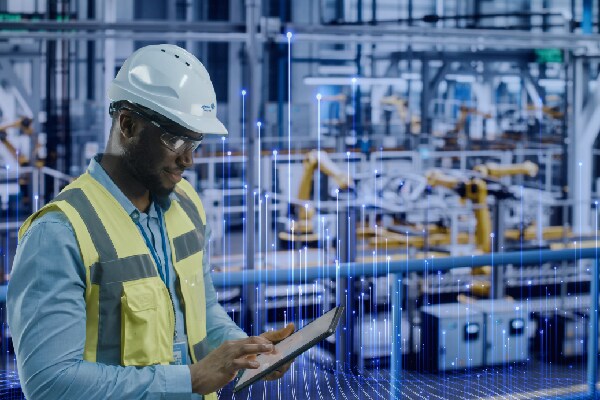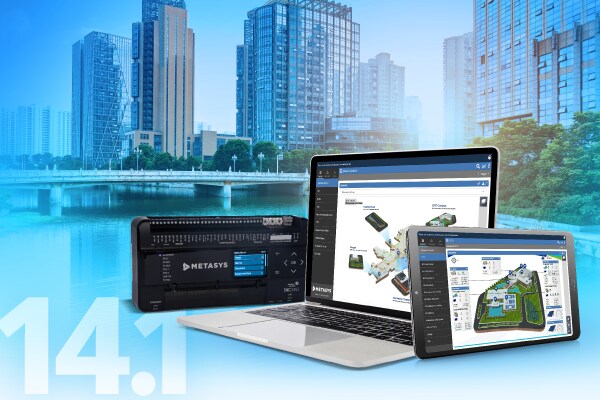- Johnson Controls
- Insights
- Warming up to Heat Pumps
Commercial and Industrial Spaces - Warming up to Heat Pumps
Cleaner and higher efficiency heat pump technology helps meet sustainability goals.
Heat pump technology is emerging as a clean alternative to address the global need for efficient heating and cooling. From hospitals to office buildings, air needs to be heated, cooled or dehumidified, and hot water is required. Large heat pump systems are a solution for these applications.
The technology is available but under utilised in Asia Pacific. This could stem from the low awareness in the region about using heat pumps to meet the heating, cooling and hot water requirements for residential, commercial and industrial applications. Fuel subsidies offered by governments in the region have made it relatively cheaper to run boilers, which has resulted in the reluctance of many local industries to switch to heat pumps.
A knock-on effect of fuel subsidies is a longer payback period (of five years or more, based on small-scale trials) for using the alternative technology. Bill Gates, co-founder of Microsoft Corporation, wrote in his book that achieving net zero emissions is necessary to avoid a global catastrophe. He argues that given the pervasive use of energy in modern life, meeting the net zero goal would require wholesale changes in all aspects of society, economics and politics1. According to Mr Gates, saving money is possible by replacing an oil-powered furnace (for heating) or an electric air-conditioner (for cooling) with an electric heat pump.
What is a heat pump?
Broadly speaking, a heat pump operates on the same physical principles as a refrigeration system. Key components in both systems include elements such as compressors and heat exchangers. The difference is that a heat pump produces hot water as the main output instead of chilled water. In addition, a heat pump offers both heating and cooling options which give more flexibility to building owners.
Figure 2 illustrates the basic working of a heat pump. A heat pump transfers heat by circulating a refrigerant in an evaporation and condensation cycle. A compressor pumps the refrigerant between two heat exchanger coils. The refrigerant is then evaporated in the evaporator at low pressure and absorbs heat from its surroundings or through a heat source. It is then sucked and compressed by the compressor to a higher temperature and pressure in the condenser, where it rejects heat and is condensed back as a liquid refrigerant. The condenser cooling water picks up the heat from the condenser and turns into hot water, creating a heat sink for the heat pump cycle.
There are three basic types of heat pumps currently available - air-source heat pump, water-source heat pump, and ground-source (geothermal) heat pump. They collect heat from the air, water, or ground outside a facility, respectively, and concentrate it for use inside.
Heat pumps, especially the water-source types, can be applied in many industries where hot water is used, such as in food production, brewing, meat processing, semiconductor, manufacturing and petroleum refining, as well as in hotels (Figure 3). They are also used in the dehumidification process for air handling units (AHUs) in processing facilities and clean rooms, and in the heating process for pulp and paper production. In general, heat pumps are three to four times more energy-efficient than boilers and furnaces, due to the thermodynamic refrigeration cycles employed in their design.
A cleaner and more energy-efficient option
There are several ways in which heat pumps are better for the environment. Firstly, instead of 'generating' thermal energy through fuel combustion (as in the case of boilers), heat pumps simply 'transfer' thermal energy through the compression/expansion of refrigerants. Hence heat pumps are able to transform ‘waste heat’ produced in industrial processes to high-value heat that can be used elsewhere in the process or sold for other uses. This is also one of the opportunities highlighted in a report commissioned by Singapore’s National Environment Agency (NEA)2.
However, a common challenge is in the matching of the heat source and heat sink - for example, within a single plant, there could be a lot of heat produced without a need for it, or there could be a need for a lot of heat and no heat is produced. Successfully combining multiple plants to match heat sources and heat sinks is as much a business model consideration which involves different parties. Now, in China, there are steel plants and petrochemical plants building heating stations to harness their waste heat and selling it to municipal heating companies.
Secondly, some estimates suggest that switching to heat pumps will result in a reduction of up to 80% of direct greenhouse gas emissions. Heat pumps run on electricity and render the heating process carbon-neutral when paired with renewable energy. Moreover, the CO2 intensity of electricity is expected to decrease, due to widespread use of zero-emitting resources, renewable energy and nuclear energy. For example, the use of heat pumps in Europe is expected to save 50% of the building sector’s carbon emissions and 5% of the industrial sector’s. This is equivalent to a reduction of 1.8 billion metric tons of CO2 per year3.
Thirdly, heat pumps are more energy-efficient. The efficiency of a heat pump is measured in terms of its Co- efficient of Performance (COP) which is a ratio of heating energy output to the work done in the form of electrical energy used to run the heat pump cycle (mainly in the compressor). The higher the COP value, the more efficient is the heat pump. The typical COP of a heat pump cycle ranges from 4 to 7, compared to the traditional boiler, which is typically less than 1, due to the inherent inefficiency of the boiler fuel combustion process. The NEA study further revealed that the average thermal efficiency of the boiler system is 89%, which falls short of the best practice thermal efficiency of 92%4.
Currently, most commercial and industrial heat pumps are able to deliver hot water from 50° C to within the range of 100° C, depending on the compression ratio of the chosen compressor, and the output conditions of the heat pump design. Some new models can even produce 120° C steam. In a typical situation, where high temperature (>100° C) superheated steam is needed, a more sustainable approach is to combine a heat pump with a small secondary boiler to generate the additional heat requirement.
Hence in the drive towards reduction of CO2 emissions to achieve a net zero goal, heat pumps are integral to ensuring a sustainable future for heating applications.
Heat pumps on the rise in Europe
The European Union (EU) market for heat pumps is expanding quickly. The combination of government pol icies, including incentive plans for heat generation from renewable sources, and emission reduction targets, is pushing the market to surpass USD 15 billion by 20265. Water-source heat pumps, in particular, are gaining popularity across Europe - driven by the quick financial payback and the long operational life of such pumps.
Another trend within Europe is the use of natural refrigerants for heat pumps and other refrigeration applications. With the recent F-gas regulation and the use of low global warming potential (GWP) gases in the EU, heat pumps there are switching to natural refrigerants such as ammonia (NH3) and carbon dioxide (CO2). The EU industries are also looking into using a new hydroflu-oro-olefins (HFO) refrigerant, a fourth-generation fluorine-based gas with a GWP of less than 10, for heat pumps.
Johnson Controls helped a Spanish food company save EUR 141,000 a year in fuel costs, by optimising an industrial refrigeration system with a heat pump installation. The ham maker, Dehesa de Guijuelo, is famed for producing slow cured, high quality ham under exacting conditions. By installing a Sabroe heat pump to generate hot water for cleaning and drying in one phase, the Spanish food manufacturer is able to cut its carbon emissions by 16%, attesting to the fact that heat pumps can be nine times more efficient than traditional boilers. The EUR 340,000 investment in the heat pump system paid back within two years for the food maker, while enabling the company to reduce production costs and improve its pricing policy.
Asia warming up to heat pumps
The adoption of heat pumps is low in Asia, for several reasons. The region has traditionally relied on fossil fuel-based boilers for generating hot water and steam.
The higher initial set up costs relative to boilers make the switch to heat pumps unattractive. Many governments within Asia provide fuel subsidies to local industries to ease their cost of business operation, which also skewed the payback period of using heat pumps. Moreover, for many industrial operations, the use of boilers is adequate to meet all forms of heating applications, ranging from the production of under 90° C hot water to high steam temperatures of more than 100° C, in their facilities.
However, this will change in the near future, as Asia is poised to embrace heat pump technology. This can be attributed to the introduction of government regulations, like the carbon tax, to reduce CO2 footprint, and increasing awareness of the need to achieve sustainability, among companies. In fact, recent studies suggest that heat pump investment payback is much faster than expected, depending on the energy consumption, and the increase in fuel prices seen today, worldwide.
The Beijing Municipal Administrative Center in China is a low-carbon, eco-city showcase highlighting the efficient use of geothermal energy. Working in close partnership with the centre, Johnson Controls built an efficient, intelligent and reliable large-scale district heating and cooling system. In a single heating season of four months, the heat pump system is able to replace 12 million m3 of natural gas consumption, or the equivalent of a reduction of 40,000 MT in CO2 emissions.
The solution comprises four ground-source heat pump systems with a total capacity of 39 MW installed in one of the energy stations. The geothermal energy provides efficient central heating and cooling for the administrative offices occupying a total building area of about 960,000 m2.
The food and beverage industry in Australia and New Zealand has been using heat pumps since 2018. Some companies in New Zealand’s packaged meat industry, for example, are using heat pumps to replace inefficient direct coal-fired boilers. It is estimated that these heat pumps will emit 90% less CO2 than the coal boilers. The reduction will be about 18,000 MT of CO2 each year.
Closer to home, The Singapore Green Plan 2030 signals clear commitment to sustainable development. There is a marked increase among local companies and MNCs who are considering the switch to heat pumps that can handle both chilling and heating options. Government incentives like the Energy Efficiency Funds, aiming to support industrial facilities to improve energy efficiency and reduce the carbon footprint, could nudge local companies towards adopting heat pump technology. The domestic carbon tax that is due for a review by 2023, will help to incentivise companies and consumers to switch to low carbon footprint products, services and activities, while promoting industry innovation and new green technology growth.
Furthermore, Singapore has recently ratified the Kigali Amendment to the Montreal Protocol to reduce the consumption and production of hydrofluorocarbons (HFCs) which are greenhouse gases.
Johnson Controls sets the pace for heat pumps
There is growing global demand for a 360° net zero carbon solution. Businesses, government and global coalitions have all set ambitious sustainability goals over the next two decades, with many aspiring for decarbonisation by 2030. These have spurred the switch to heat pumps in commercial buildings, factories and public facilities across the globe, and increasingly, within Singapore. Heat pumps could satisfy 80% of global heating and cooling needs with a lower carbon footprint than boilers using fossil fuels.
Johnson Controls is taking the lead to promote sustainability through the use of heat pumps. Together with the company’s OpenBlue platform, digitalisation is another key enabler for organisations to achieve net zero by 2050 or earlier. Getting equipment connected to the cloud, with analytics for optimisation, will help achieve greater energy efficiency and a corresponding cut in carbon emissions.
This article first appeared in the August 2021 issue of 'The Singapore Engineer', published by the Institution of Engineers, Singapore.
References
[1] ‘How To Avoid Climate Disaster, The Bill Gates Way’, Forbes, 5 February 2021. How To Avoid Climate Disaster, The Bill Gates Way
[2] ‘Final Report on Heating Systems (for Industry)’, National Environment Agency, 4 June 2021. Final Report on Heating Systems (for Industry)
[3] European Heat Pump Association. About heat pumps





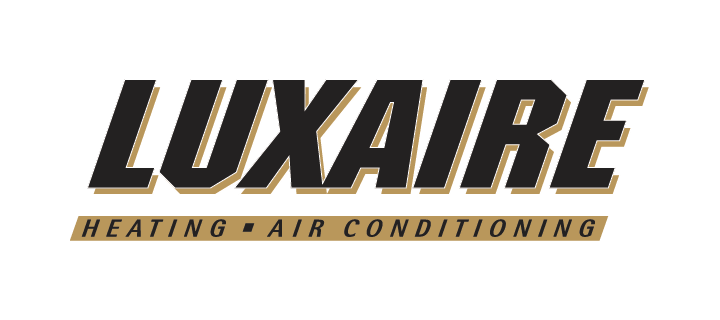




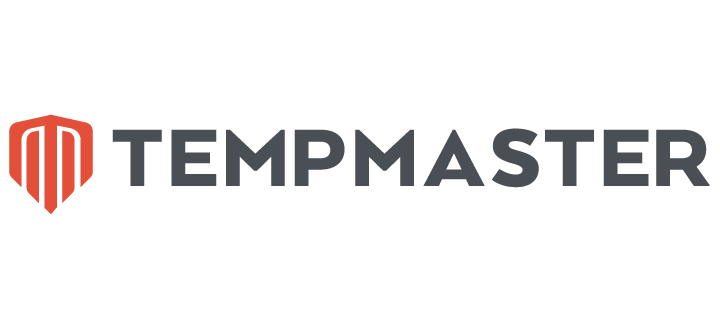














.jpg?la=en-SG&h=320&w=720&hash=8335BA7A0D096E90165B06350796126C)

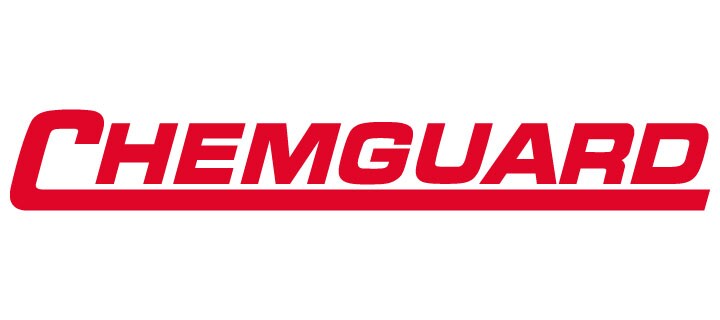
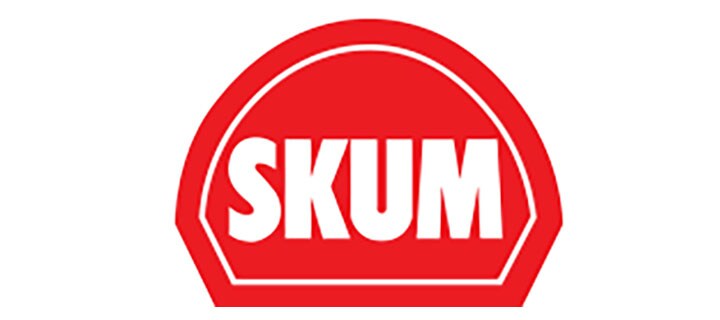
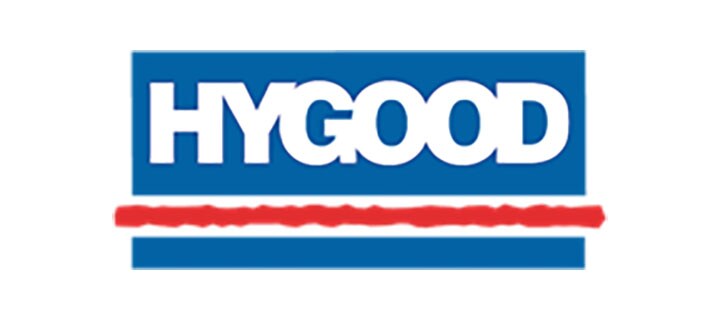


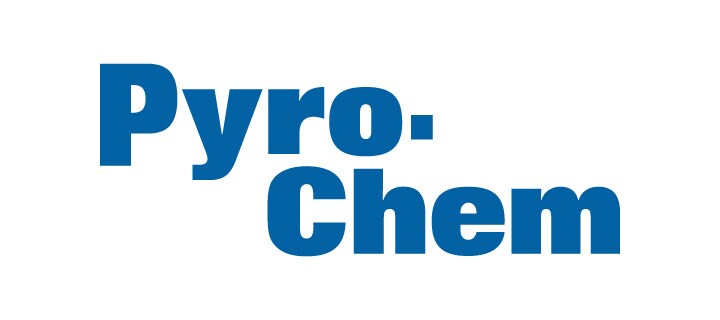




















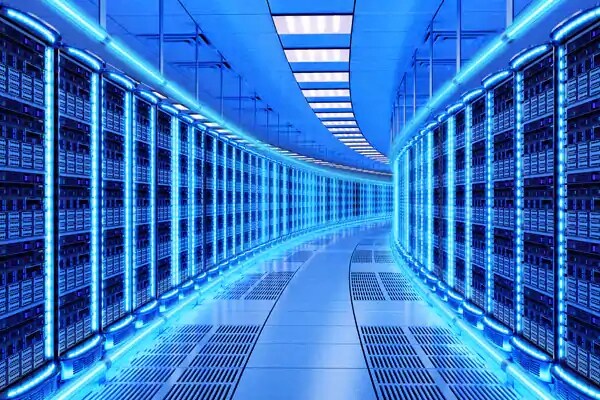

.png)



